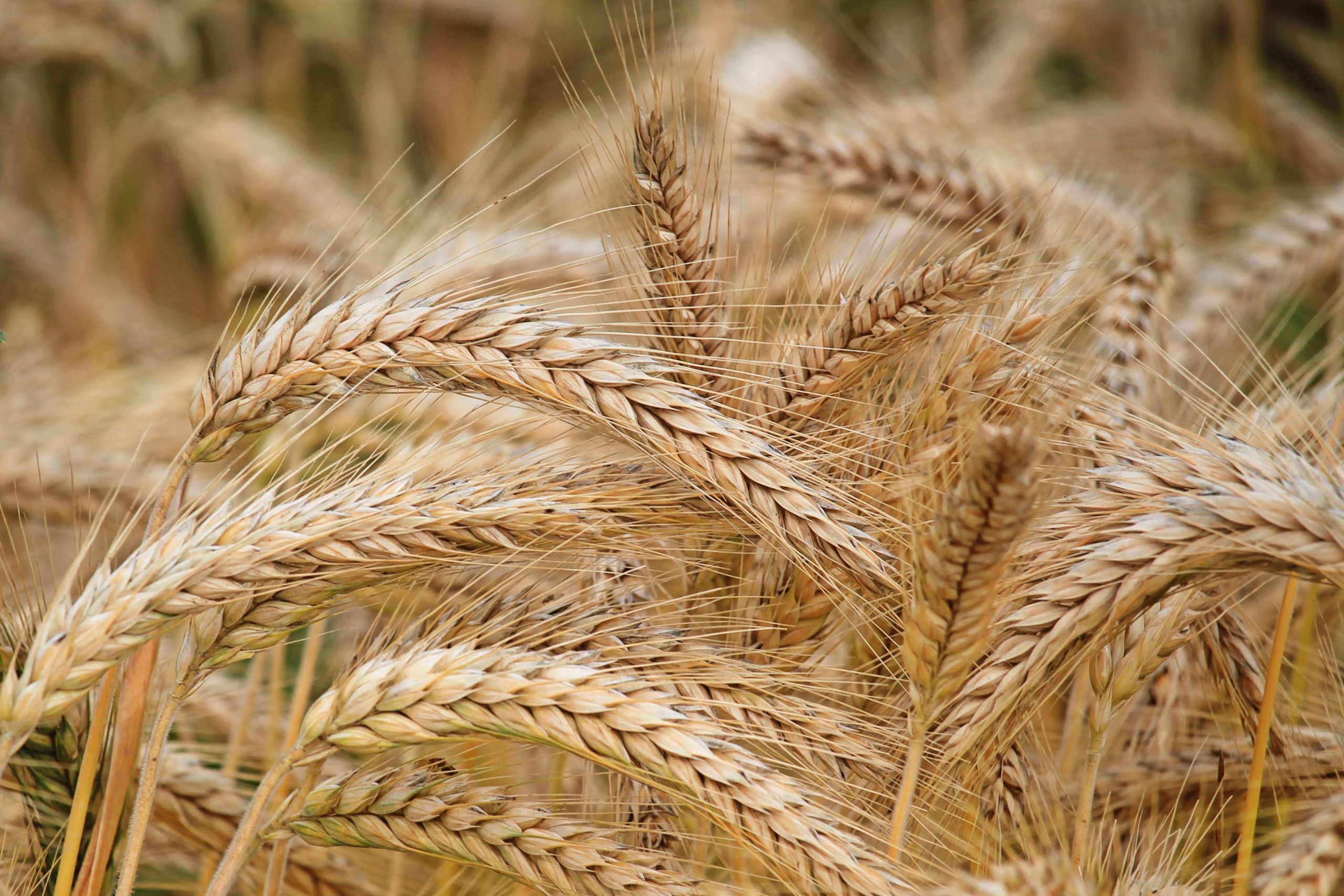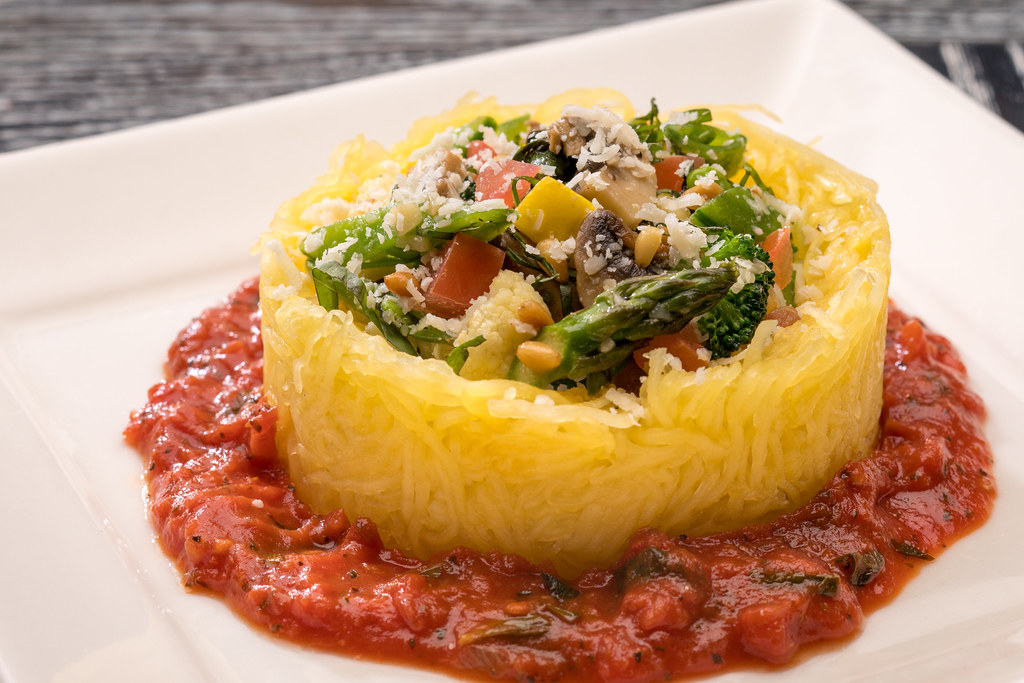Back to: Private: How to Create Anti-inflammatory Meals: Your Step-by-Step Guide
PROTEIN-RICH FOODS
Step 1: All the foods listed below are good sources of protein. For each meal, choose one from the list below.
Portion size: for meat, chicken or fish: 4 ounces; see individual foods below for portion size of other foods
Variety: don’t choose the same protein for every meal; have a variety of protein foods throughout the week
Fish and seafood:
- Omega-3-rich fish (cold water fatty fish): wild salmon, sardines, anchovies, herring, trout
- Other types of fish: lower in fats but still a good source of protein: pollock, tilapia, sole, catfish, crawfish, mullet, perch, whitefish
- Omega-3-rich seafood: mussels, oysters, clams
- Other seafood options: scallops, shrimp, crab, calamari
- Wild or farmed? wild can be a better choice with even higher nutrients but it’s not always an option; farmed fish can be a healthy choice
- Opt for: fish or seafood that has little or no mercury
- NRDC guide: Mercury and Fish Wallet Card (search for this online and save it to your phone for quick and easy access)
Poultry:
- Chicken, turkey, duck
- Best options: organic, antibiotic and hormone-free, access to pasture
Red meat:
- Beef, lamb, pork, goat, bison, venison; choose lean or extra-lean cuts
- Limit to 2 or 3 meals per week maximum; organic or grass-fed is best
Eggs:
- Best choice: pasture-raised, free-range; portion size: 2 eggs
Legumes:
- Beans, lentils, peas; includes soybeans/edamame
- Best choices: organic or non-GMO; canned are OK (BPA-free)
- Portion size: ½ – ¾ cup cooked
Soy foods:
- Tofu (4-6 ounces), tempeh (3-5 ounces); choose organic or non-GMO
Nuts and Seeds:
- Nuts: walnuts, pecans, peanuts, cashews, pistachios, hazelnuts; roasted and salted or unsalted; portion size: 1 – 1.5 ounces
- Nut butters: peanut butter, almond butter, cashew butter, hazelnut butter; portion size: 2 Tbsp; avoid those with partially hydrogenated oil or sugar in the ingredients
- Seeds: pumpkin (pepitas), sunflower, sesame seeds; portion size: 1 – 1.5 ounces
- Seed butters: tahini, sunflower butter; portion size: 2 Tbsp; avoid those with partially hydrogenated oil or sugar in the ingredients
Dairy: avoid if lactose intolerant
- Plain yogurt or kefir (with live active cultures): regular or Greek-style; 6 – 8 ounces; organic or free of antibiotics
- *Cheese: most of the time, skip the cheese! Most are high in saturated fats. Only have it with a meal if you’re really going to be able to taste it and enjoy it. For example, if it’s just going to be buried in a sandwich, you’re not really going to taste it, so skip it. If you really want some cheese, have 1 or 2 ounces. Most of the time, choose a different protein-rich food for your meal.










